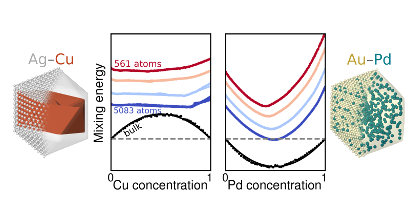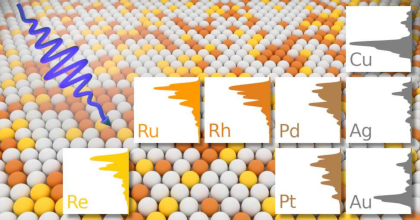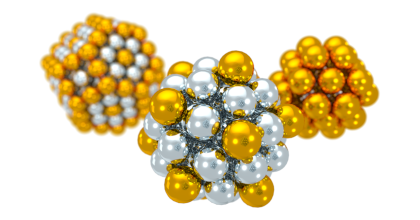Pd-nanoalloys for hydrogen sensing: Multiscale modeling of thermodynamic and optical properties
P. Ekborg-Tanner
Licentiate Thesis
(2022)
url: https://research.chalmers.se/publication/529167
Hydrogen sensing based on Pd nanoalloys has shown great promise in the past decades and could potentially be part of a solution that enables a safe future hydrogen economy. There are, however, remaining challenges related to, e.g., long-term stability and a need for further optimization of these systems. To efficiently span the possible combinations of alloyants, composition, and nanostructure geometry, computational methods are invaluable. This thesis focuses on two aspects of sensor optimization: surface segregation and hydrogen sensitivity, using multi-scale modeling approaches.
Alloying with metals such as Au and Cu is necessary to overcome issues related to hysteresis and CO poisoning. At the same time, it introduces additional difficulties related to the chemical order such as surface segregation, which is directly related to long-term stability. In this thesis, the surface composition of Pd alloyed with Au or Cu is studied as a function of H2 pressure using Monte Carlo simulations based on cluster expansions parametrized against ab-initio calculations. For Pd-Au, an increased H2 concentration abruptly switches the surface from Au to Pd dominant. For Pd-Cu, the change with H2 concentration is much more gradual with non-monotonic tendencies, with an overall surplus of Pd in most conditions.
The sensing principle is based on the shift in optical response upon H absorption. The magnitude of the sensor readout at a certain H2 pressure depends on nanoparticle geometry and alloy composition. In this thesis, extinction spectra are calculated for Pd-Au-H nanodisks using electrodynamic simulations and the corresponding H sensitivity is analyzed. It is found that the H sensitivity depends on the nanodisk diameter, mainly due to the interplay between a localized surface plasmon and an interband transition which becomes more apparent for smaller nanodisks.



